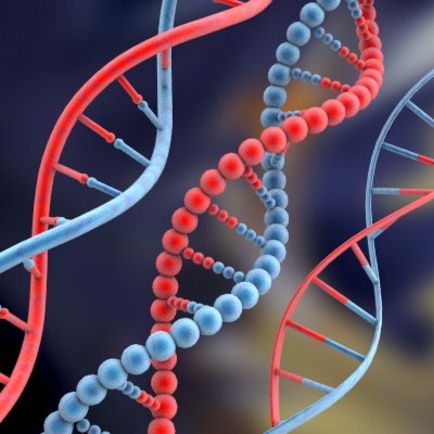 Feeling no pain: plants were first to let it happen
Feeling no pain: plants were first to let it happenAge of Herbals somewhere during 1565 in this part of globe saw many medical man searching...
 Sitopaladi churna is an ayurvedic medicine for cough and cold
Sitopaladi churna is an ayurvedic medicine for cough and cold Sitopaladi churna is an ayurvedic medicine for cough and cold and sneezing nose. A little portion...
 Ethnobotany and Ocimum sanctum (Tulsi)
Ethnobotany and Ocimum sanctum (Tulsi) The term 'ethnobotany' was first applied by Harshberger in 1895 to the study of plants used by...
 Gene, gene expression, gene silencing and RNAi
Gene, gene expression, gene silencing and RNAi Gene Expression?–What is a Gene?A gene codes for a homogeneous ‘functional unit’ – classically...






